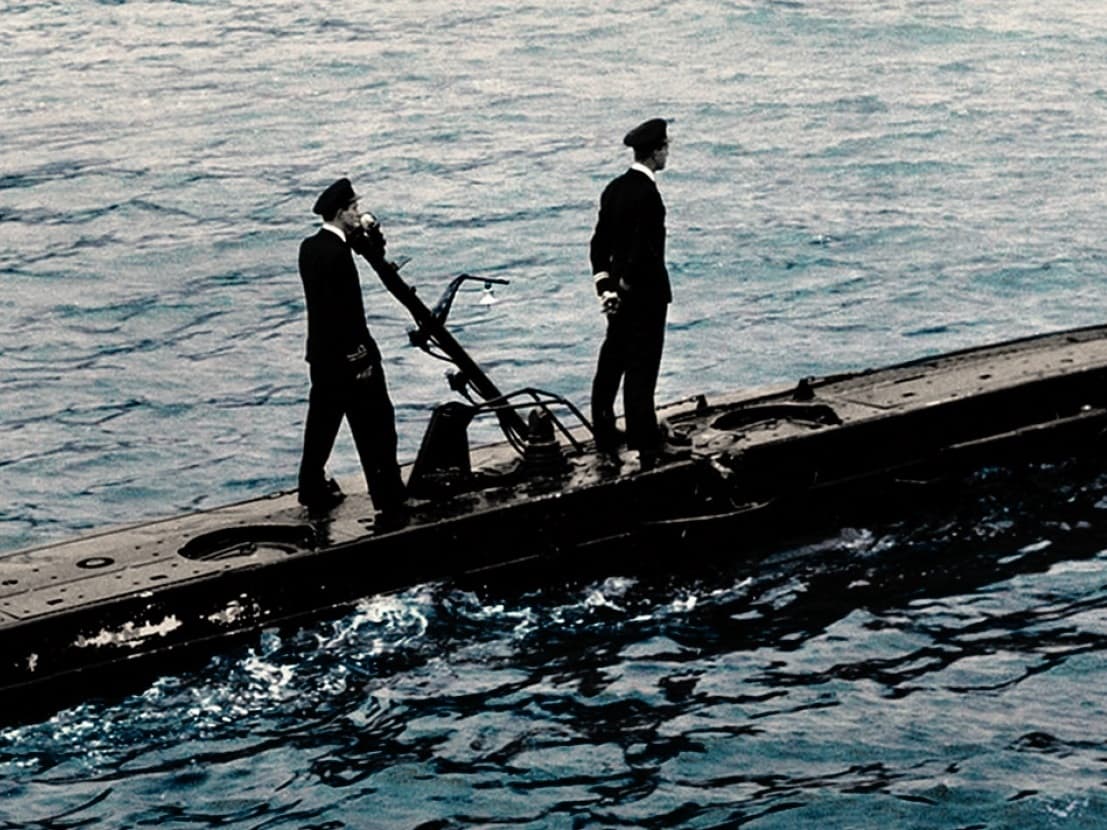Secret Human Experiments, British Scientists and the Making of D Day
A new book reveals that British scientists conducted brutal self experiments that included seizures, broken spines and violent vomiting to understand underwater physiology, work that helped prepare Allied forces for the June 6, 1944 invasion. The revelations matter because they force a reexamination of how wartime urgency shaped medical ethics, and they highlight how modern research standards were forged in the shadow of emergency innovations.
Listen to Article
Click play to generate audio

Rachel Lance’s new book, Chamber Divers, chronicles a set of wartime experiments in which British researchers deliberately exposed themselves to extreme conditions to learn how humans would survive underwater operations. The tests, which produced seizures, broken spines and repeated vomiting among participants, were aimed at solving practical problems that mattered directly to the Allied invasion of Normandy. Those operational needs were substantial. On D Day more than 150,000 Allied troops landed on beaches across northern France, and pioneers of amphibious technology were under intense pressure to reduce risk to men and equipment.
The experiments took place in an era when the line between research and ad hoc field testing was porous. Scientists and technicians working on diving equipment and decompression protocols took extraordinary personal risks to generate data that could be applied immediately to military planning. The urgency of war narrowed the margin for caution. That calculus, Lance shows, yielded results that materially influenced training, equipment design and operational choices for amphibious and naval forces.
The human costs recounted in Chamber Divers help explain why postwar attitudes shifted so dramatically toward formalized protections for research subjects. The public release of gruesome episode after episode during and after the Second World War fed a growing consensus that the scientific imperative could not be allowed to override individual safety. The Nuremberg Code issued in 1947 and the later Declaration of Helsinki established principles that now govern informed consent and risk minimization across medicine. Institutional review boards became a fixture in the 1970s, creating a compliance regime that adds time and expense to research but is credited with protecting participants from abuses of the kind described in Lance’s narrative.
There are broader policy implications. Military research continues to confront the tension between rapid operational need and ethical oversight. Modern defence laboratories operate under tighter regulatory and legal constraints than their wartime predecessors, yet the need for rapid innovation has not vanished. Policymakers must balance operational readiness with ethical accountability and long term care obligations for research participants and veterans. That balance carries budgetary implications. Greater oversight increases program costs and timelines, while insufficient safeguards risk human harm and potential liability that can be politically and financially costly.
Chamber Divers also reframes a familiar wartime legend into a cautionary tale about how scientific progress is achieved and at what price. As governments expand research into areas such as human performance enhancement and autonomous systems, the historical record Lance assembles shows the stakes of loosening ethical constraints in the name of expediency. The book invites debate about current norms in science and defense procurement, and asks whether the lessons of the past are being remembered as policies adapt to new technological frontiers.

